






Bewerbungsfotos Business Fotos Mitarbeiterfotos Portraits Schauspielerfotos
DEIN FOTOGRAF UND FOTOSTUDIO IN FREISING
Willkommen auf meiner Webseite! Als professioneller Fotograf in Freising biete ich maßgeschneiderte Fotodienstleistungen, die genau auf Deine Bedürfnisse zugeschnitten sind. Von überzeugenden Bewerbungsfotos über authentische Business Portraits bis hin zu professionellen Mitarbeiterfotos – ich sorge dafür, dass Du oder Dein Unternehmen im besten Licht erscheinen.
In meinem Fotostudio in Freising oder vor Ort in Deinem Unternehmen erschaffe ich eine entspannte Atmosphäre, in der ausdrucksstarke und natürliche Fotos entstehen, die Professionalität und Vertrauen ausstrahlen.
Fotostudio für überzeugende Bewerbungsfotos
Deine Bewerbungsfotos sind der Schlüssel zu einem überzeugenden ersten Eindruck – professionell, sympathisch und perfekt auf Deine Ziele abgestimmt. Mit meinen Bewerbungsbildern präsentierst Du Dich von Deiner besten Seite und steigerst Deine Chancen auf den Traumjob.
Fotograf für Business Fotografie
Business Portraits, die Dich und Dein Unternehmen professionell und authentisch repräsentieren. Mit meinen Business Fotos und Business Fotoshootings schaffst Du einen überzeugenden Auftritt, der Deine Kompetenz und Seriosität perfekt unterstreicht. Als Experte für Unternehmensfotografie setze ich Dich und Dein Team gekonnt in Szene.
Professionelle Mitarbeiterfotos
Deine Mitarbeiterfotos professionell und sympathisch – perfekt abgestimmt auf den Stil Deines Unternehmens. Zeige Dein Team von der besten Seite und vermittle ein einheitliches, vertrauenswürdiges Bild nach außen.
Ausdrucksstarke Portraits & Schauspielerfotos
Als professioneller Fotograf in Freising fange ich Deine Persönlichkeit in ausdrucksstarken Portraits ein, die Deine Individualität perfekt zur Geltung bringen.
Kontaktiere mich gleich telefonisch oder über mein Kontaktformular und wir finden gemeinsam den perfekten Termin für Dich. Ich freue mich Dich kennenzulernen.
Bitte beachte: Passfotos biete ich leider nicht an. Wende Dich hierfür am besten an einen anderen Fotoladen in Freising.
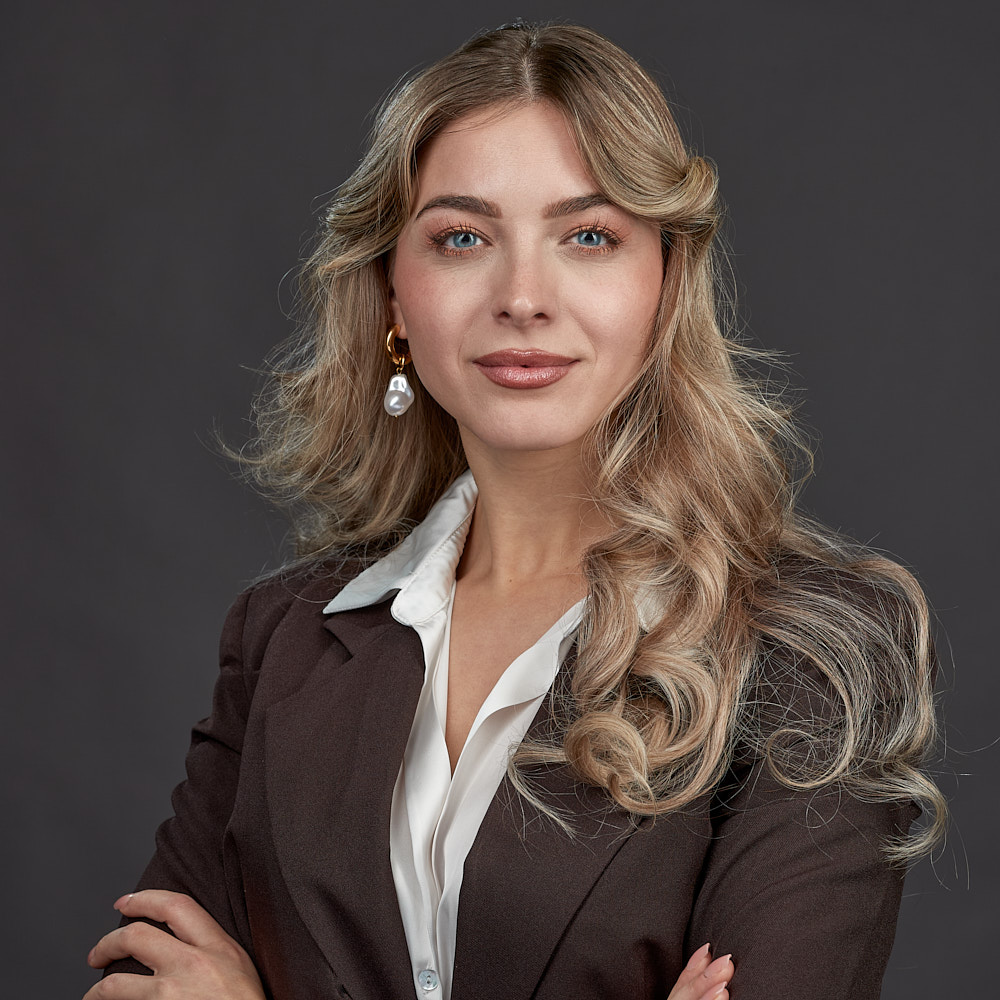


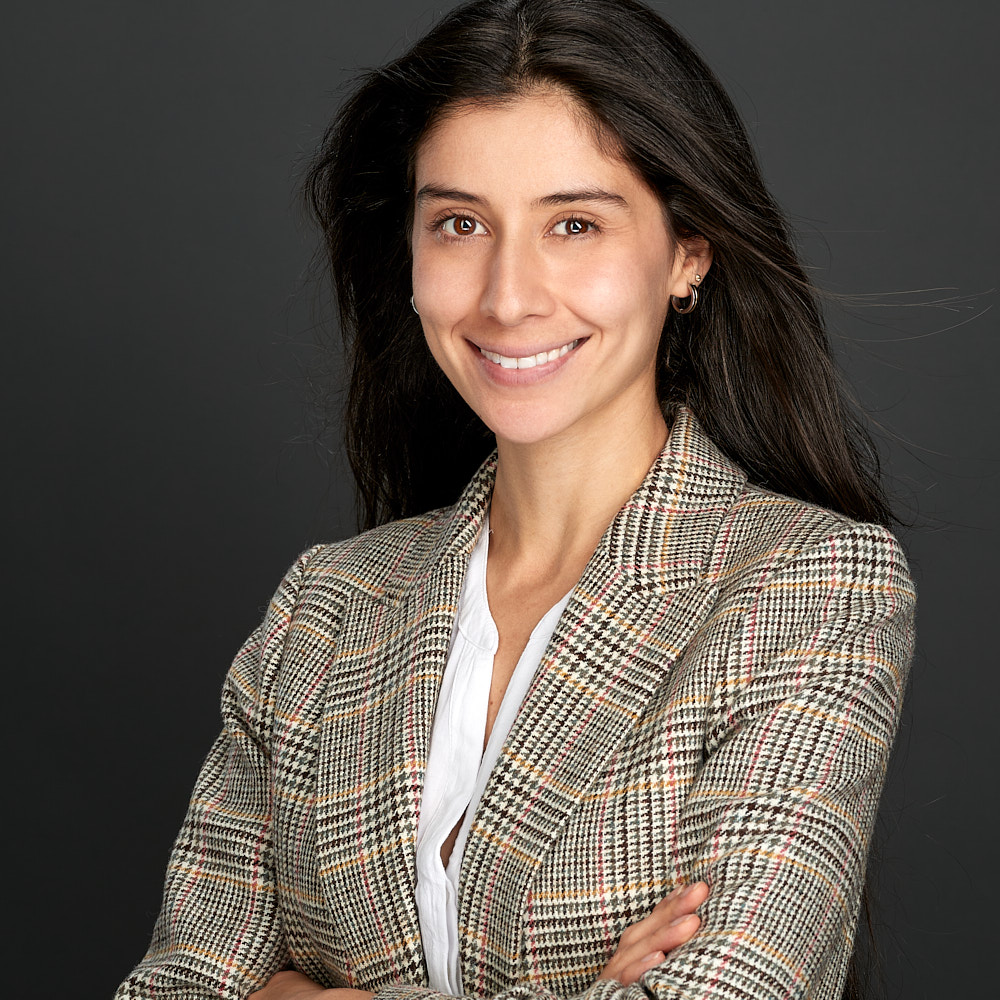












“YOU ONLY HAVE ONE CHANCE TO MAKE
A GOOD FIRST IMPRESSION”
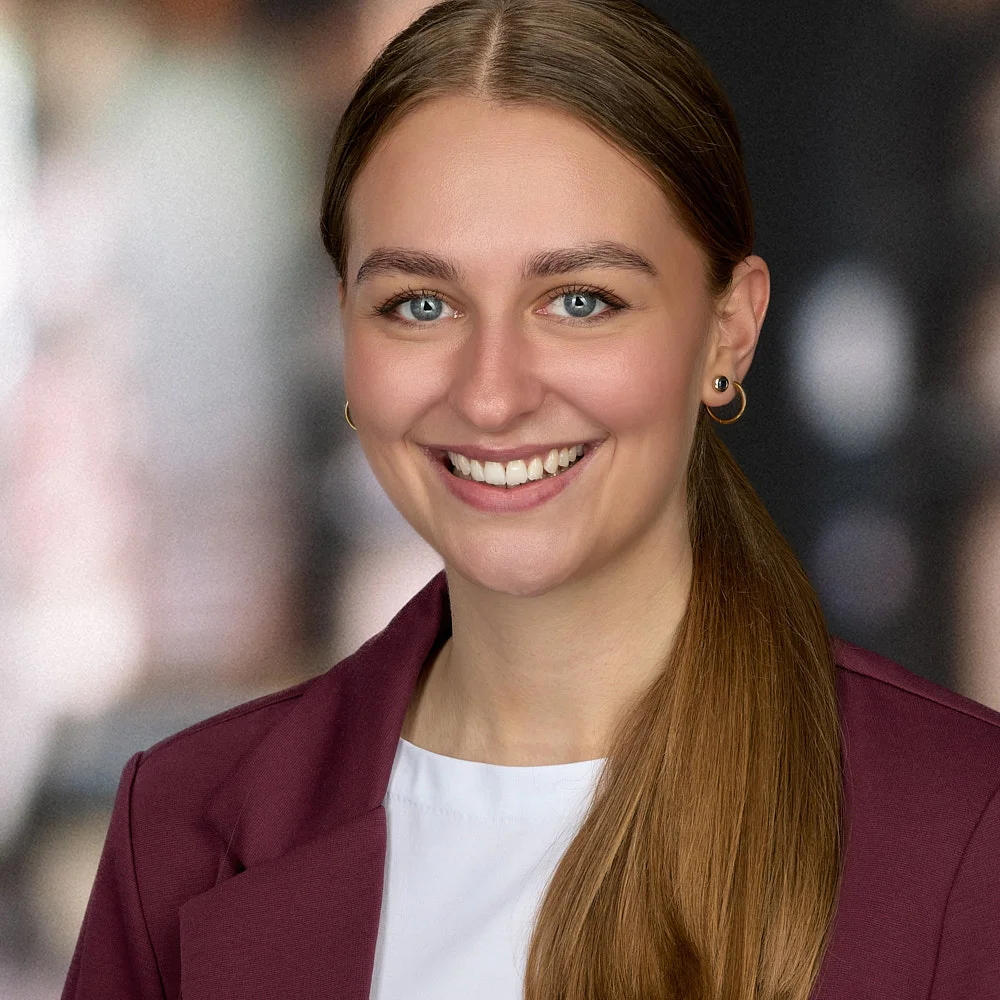




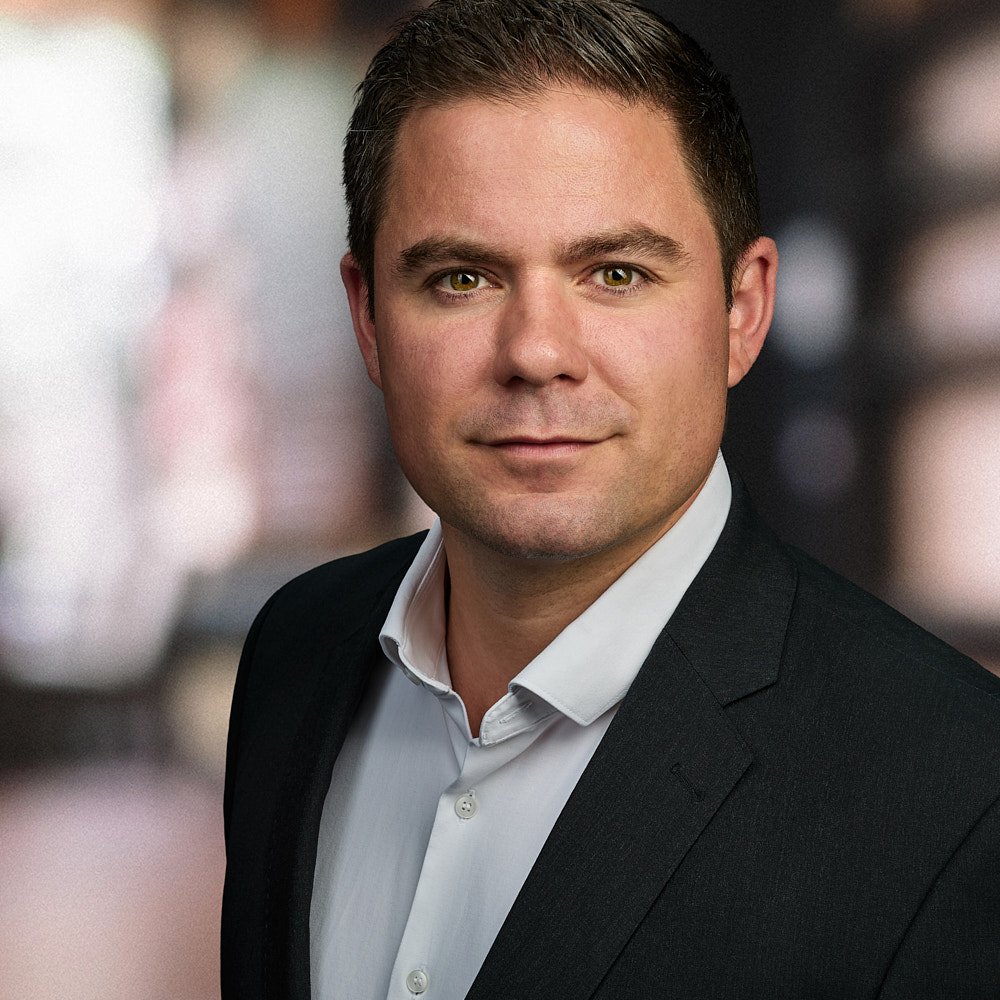

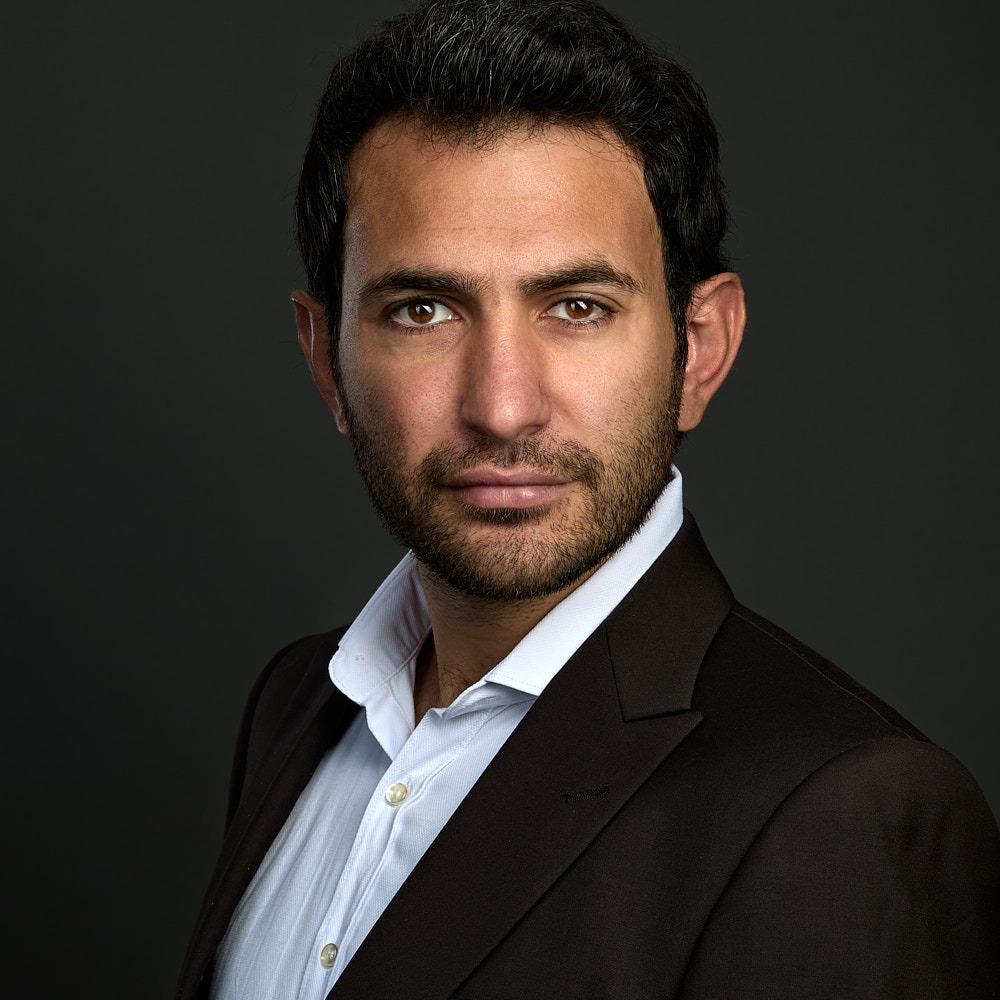








PAKET
NO. 1
- 79 EUR
Studio - BASIC
- TOP-Bewerbungsbilder
- Bewerbung (Schüler/Studenten)
- Indiv. telefonische Beratung vor dem Shooting
- Dauer Shooting ca. 20 Min.
- Auswahlbilder ca. 40
- Kein Outfitwechsel
- 1 TOP-retuschiertes Foto incl. div. Formate,
jedes weitere Foto 27 EUR.
- Dies Angebot gilt nur für Schüler/Studenten
*Alle Nutzungsrechte sowie Deine Wunschformate
für soziale Netzwerke, Web, Print inklusive!
PAKET
NO. 2
- 89 EUR
Studio - ADVANCED
- Business-Portraits, Bewerbungsfotos
- Bewerbung, Social Media, Website, PR
- Indiv. telefonische Beratung vor dem Shooting
- Dauer Shooting ca. 30 Min.
- Auswahlbilder ca. 70
- 2 Outfits
- 1 TOP-retuschierte Fotos incl. div. Formate,
jedes weitere Foto 27 EUR.
- Entspannte Atmosphäre garantiert !
*Alle Nutzungsrechte sowie Deine Wunschformate
für soziale Netzwerke, Web, Print inklusive!
PAKET
NO. 3
- 199 EUR
Studio - EXECUTIVE
- Business-Portraits, Bewerbungsfotos
- Bewerbung, Social Media, Website, PR
- Indiv. telefonische Beratung vor dem Shooting
- Dauer Shooting ca. 90 Min.
- Auswahlbilder ca. 200
- Beliebige Outfitwechsel
- 4 TOP-retuschierte Fotos incl. div. Formate,
jedes weitere Foto 35 EUR.
- Entspannte Atmosphäre garantiert !
*Alle Nutzungsrechte sowie Deine Wunschformate
für soziale Netzwerke, Web, Print inklusive!
PAKET
NO. 4
- Auf Anfrage
Shooting on Location
- Businessfotos, Events
- Business- & Firmenportraits
- Bitte kontaktiere mich für ein individ. Angebot.
- Eventfotograf ab 80 EUR/h
*Alle Nutzungsrechte sowie Deine Wunschformate
für soziale Netzwerke, Web, Print inklusive!
PAKET
NO. 2
- 89 EUR
Shooting Studio - ADVANCED
- Business-Portraits, Bewerbungsfotos
- Bewerbung, Social Media, Website, PR
- Indiv. telefonische Beratung vor dem Shooting
- Dauer Shooting ca. 30 Min.
- Auswahlbilder ca. 70
- 2 Outfitwechsel
- 1 TOP-retuschierte Fotos incl. div. Formate,
jedes weitere Foto 27 EUR.
- Entspannte Atmosphäre garantiert !
*Alle Nutzungsrechte sowie Deine Wunschformate
für soziale Netzwerke, Web, Print inklusive!
PAKET
NO. 3
- 199 EUR
Shooting Studio - EXECUTIVE
- Business-Portraits, Bewerbungsfotos
- Bewerbung, Social Media, Website, PR
- Indiv. telefonische Beratung vor dem Shooting
- Dauer Shooting 90 Min.
- Auswahlbilder ca. 200
- Beliebige Outfitwechsel
- 4 TOP-retuschierte Fotos incl. div. Formate,
jedes weitere Foto 35 EUR.
- Entspannte Atmosphäre inklusive !
*Alle Nutzungsrechte sowie Deine Wunschformate
für soziale Netzwerke, Web, Print inklusive!
PAKET
NO. 4
- Auf Anfrage
Shooting on Location
- Businessfotos, Events
- Business- & Firmenportraits
- Bitte kontaktiere mich für ein individ. Angebot.
- Eventfotograf ab 80 EUR/h
PAKET
NO. 1
- 79 EUR
Shooting Studio - BASIC
- TOP-Bewerbungsbilder
- Bewerbung (Schüler/Studenten)
- Indiv. telefonische Beratung vor dem Shooting
- Dauer Shooting ca. 20 Min.
- Auswahlbilder ca. 40
- Kein Outfitwechsel
- 1 TOP-retuschiertes Foto incl. div. Formate,
jedes weitere Foto 27 EUR.
- Dies Angebot gilt nur für Schüler/Studenten
*Alle Nutzungsrechte sowie Deine Wunschformate
für soziale Netzwerke, Web, Print inklusive!
*Alle Nutzungsrechte sowie Deine Wunschformate
für soziale Netzwerke, Web, Print inklusive!
PAKET
NO. 2
- 89 EUR
Shooting Studio - ADVANCED
- Business-Portraits, Bewerbungsfotos
- Bewerbung, Social Media, Website, PR
- Indiv. telefonische Beratung vor dem Shooting
- Dauer Shooting ca. 30 Min.
- Auswahlbilder ca. 70
- 2 Outfitwechsel
- 1 TOP-retuschierte Fotos incl. div. Formate,
jedes weitere Foto 27 EUR.
- Entspannte Atmosphäre garantiert !
*Alle Nutzungsrechte sowie Deine Wunschformate
für soziale Netzwerke, Web, Print inklusive!
PAKET
NO. 3
- 199 EUR
Shooting Studio - EXECUTIVE
- Business-Portraits, Bewerbungsfotos
- Bewerbung, Social Media, Website, PR
- Indiv. telefonische Beratung vor dem Shooting
- Dauer Shooting 90 Min.
- Auswahlbilder ca. 200
- Beliebige Outfitwechsel
- 4 TOP-retuschierte Fotos incl. div. Formate,
jedes weitere Foto 35 EUR.
- Entspannte Atmosphäre inklusive !
*Alle Nutzungsrechte sowie Deine Wunschformate
für soziale Netzwerke, Web, Print inklusive!
PAKET
NO. 4
- Auf Anfrage
Shooting on Location
- Businessfotos, Events
- Business- & Firmenportraits
- Bitte kontaktiere mich für ein individ. Angebot.
- Eventfotograf ab 80 EUR/h
PAKET
NO. 1
- 79 EUR
Shooting Studio - BASIC
- TOP-Bewerbungsbilder
- Bewerbung (Schüler/Studenten)
- Indiv. telefonische Beratung vor dem Shooting
- Dauer Shooting ca. 20 Min.
- Auswahlbilder ca. 40
- Kein Outfitwechsel
- 1 TOP-retuschiertes Foto incl. div. Formate,
jedes weitere Foto 27 EUR.
- Dies Angebot gilt nur für Schüler/Studenten
*Alle Nutzungsrechte sowie Deine Wunschformate
für soziale Netzwerke, Web, Print inklusive!
*Alle Nutzungsrechte sowie Deine Wunschformate
für soziale Netzwerke, Web, Print inklusive!
PAKET
NO. 2
- 89 EUR
Shooting Studio - ADVANCED
- Business-Portraits, Bewerbungsfotos
- Bewerbung, Social Media, Website, PR
- Indiv. telefonische Beratung vor dem Shooting
- Dauer Shooting ca. 30 Min.
- Auswahlbilder ca. 70
- 2 Outfitwechsel
- 1 TOP-retuschierte Fotos incl. div. Formate,
jedes weitere Foto 27 EUR.
- Entspannte Atmosphäre garantiert !
*Alle Nutzungsrechte sowie Deine Wunschformate
für soziale Netzwerke, Web, Print inklusive!
PAKET
NO. 3
- 199 EUR
Shooting Studio - EXECUTIVE
- Business-Portraits, Bewerbungsfotos
- Bewerbung, Social Media, Website, PR
- Indiv. telefonische Beratung vor dem Shooting
- Dauer Shooting 90 Min.
- Auswahlbilder ca. 200
- Beliebige Outfitwechsel
- 4 TOP-retuschierte Fotos incl. div. Formate,
jedes weitere Foto 35 EUR.
- Entspannte Atmosphäre inklusive !
*Alle Nutzungsrechte sowie Deine Wunschformate
für soziale Netzwerke, Web, Print inklusive!
Die ausgewiesenen Preise sind Endpreise. Gemäß § 19 UStG erheben wir keine Umsatzsteuer (Kleinunternehmerstatus).
INDIVIDUELLES ANGEBOT

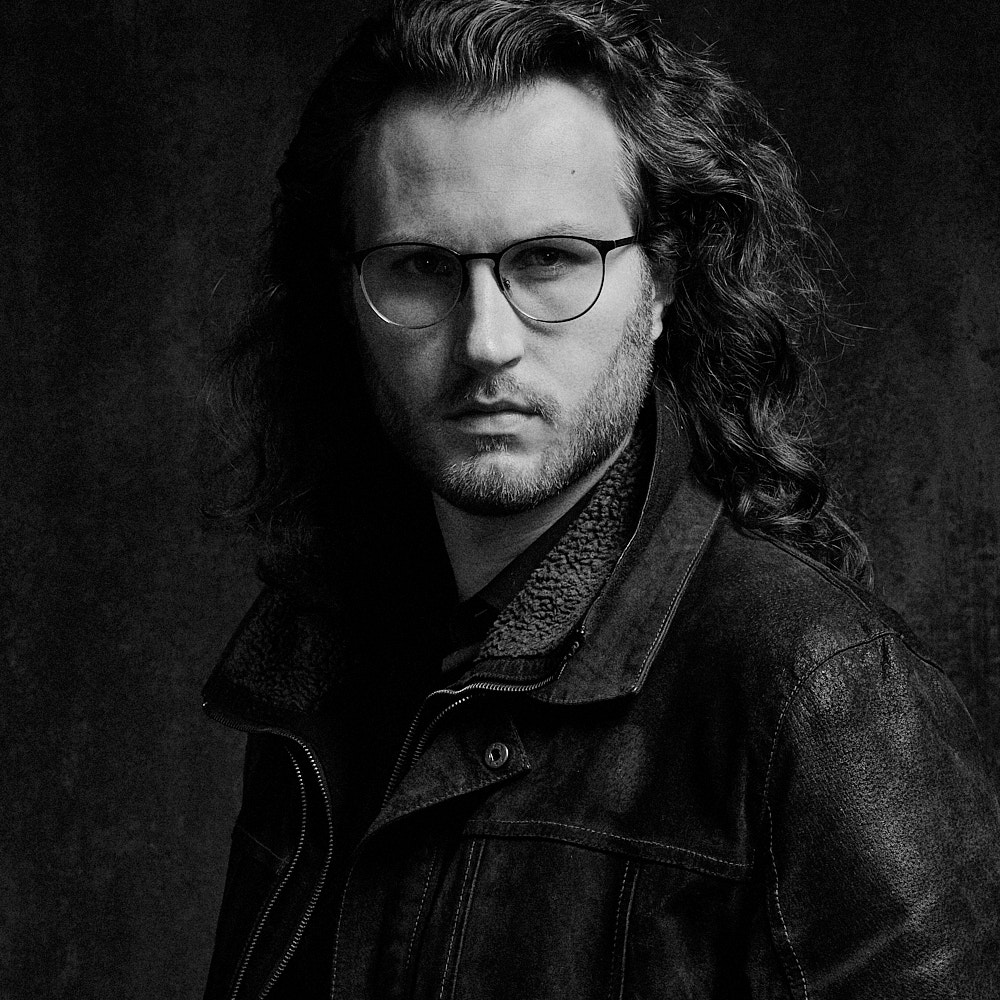



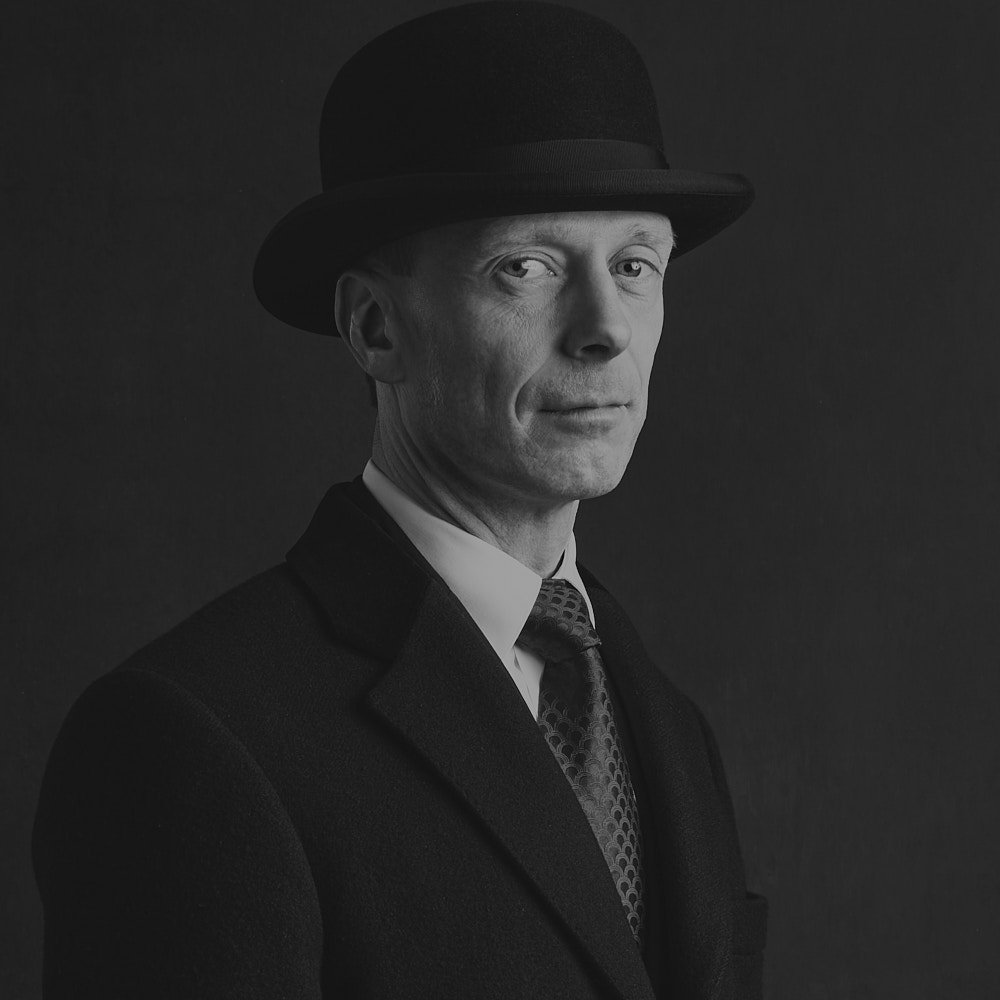
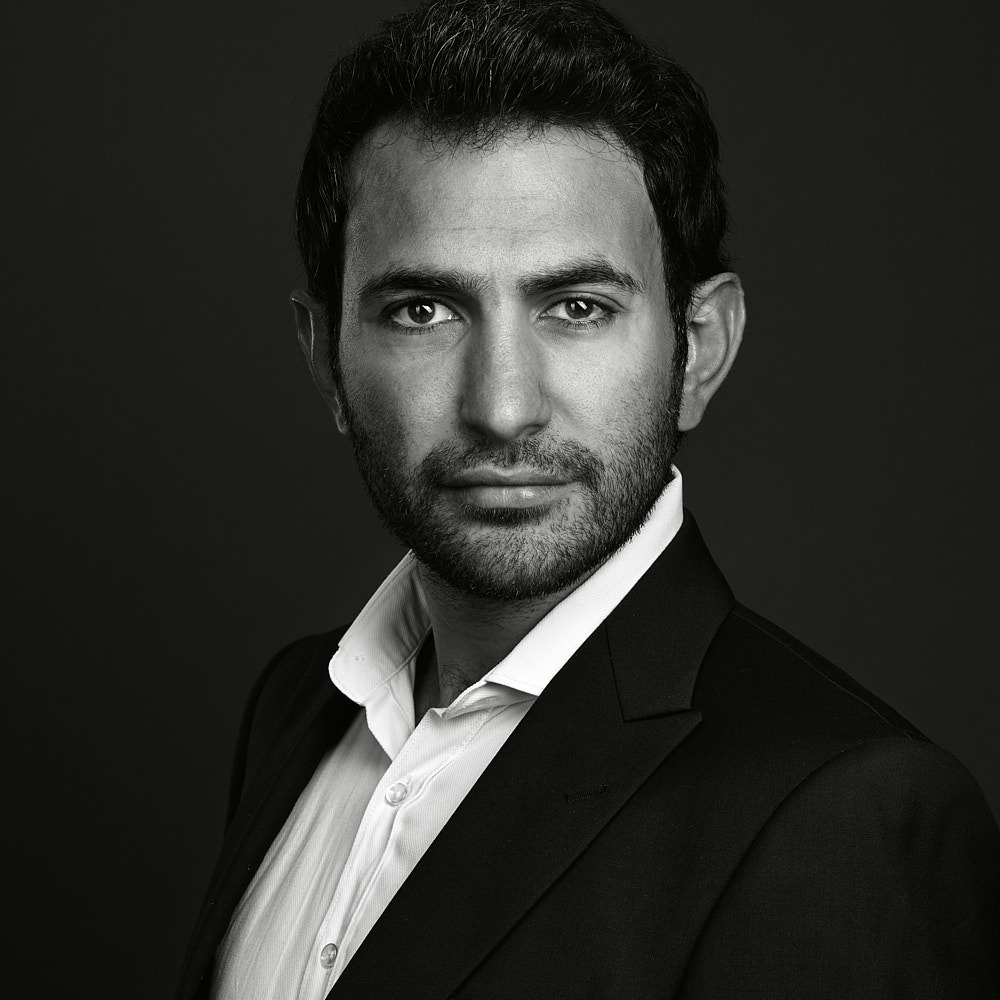








ABLAUF DEINES SHOOTINGS
Erstkontakt
Buchung
Shooting
Bildauswahl
Lieferung
Du hast Interesse an einem Shooting? Dann freue ich mich über Deine telefonische Anfrage (alternativ über WhatsApp oder über mein Kontaktformular).
Gerne rufe ich Dich auf Wunsch zurück und wir können Deine Vorstellungen kurz besprechen.
Das Informationsgespräch ist natürlich völlig unverbindlich.
Falls Du Dich für ein Shooting entscheidest, werde ich mich vorab über Deine Wünsche und Vorstellungen informieren.
So kann ich mich entsprechend vorbereiten und das Shooting planen. Auch können wir so die Outfits und mögliche Vorbereitungen Deinerseits besprechen.
Dazu habe ich auch weitere Hinweise im Infoblatt „Vorbereitung Shooting“ zusammengefasst.
Während des Shootings lege ich Wert auf eine entspannte und persönliche Atmosphäre ohne Zeitdruck und Stress. Dabei probieren wir verschiedene Posings und Licht-Setups, um Dich am besten in Szene setzen zu können. Wichtig ist mir dabei die Natürlichkeit ohne zu sehr gestellte Szenen aus dem Lehrbuch. Per Monitor können wir uns sofort die Ergebnisse anschauen und – wenn notwendig – Korrekturen vornehmen. Damit stellen wir sicher, dass Du mit den Resultaten zufrieden bist.
Im Rahmen des Shootings erstellen wir ausreichend viele Bilder, sodass Du Dir Deine Hero-Shots aussuchen kannst.
Je nach Paket arbeiten wir zudem mit verschiedenen Outfits und Hintergründen.
Sobald wir eine ausreichende Anzahl an professionellen Bildern haben, treffen wir zusammen eine erste Entscheidung.
Dabei berate ich Dich gerne, welche Ergebnisse am besten zu Deinem Einsatzzweck passen.
Die von Dir ausgewählten Aufnahmen werden von mir professionell mit Adobe Photoshop retuschiert. Dabei achte ich darauf, dass Dein Charakter erhalten bleibt.
Meine professionelle Retusche ist im Shooting-Paket enthalten und bezieht sich auf die technische Bearbeitung in Form von Helligkeit, Kontrast, Schärfe und Farbe sowie eine kosmetische Verbesserung in Form von Pickelentfernung, Entfernung von Unreinheiten und Hautfalten. Die Bearbeitungszeit liegt je Bild bei rund 15 Minuten.
Meine Garantie: Ich lasse Dich gut aussehen!
Die ausgewählten und von mir professionell retuschierten Bilder bekommst Du in aller Regel schon am nächsten Werktag.
Neben der Hauptbilddatei (JPG) und der Web-Variante sind bei mir auch die passenden Bildformate für die gängigen sozialen Netzwerke sowie alle Nutzungsrechte inklusive.
Die Ergebnisse bleiben bei mir drei Monate lang gespeichert und können jederzeit nachbestellt werden.
Die Preise für zusätzliche retuschierte Bilder findest Du in der Übersicht „Leistungspakete“.
Du hast Interesse an einem Shooting? Dann freue ich mich über Deine telefonische Anfrage (alternativ über WhatsApp oder über mein Kontaktformular).
Gerne rufe ich Dich auf Wunsch zurück und wir können Deine Vorstellungen kurz besprechen.
Das Informationsgespräch ist natürlich völlig unverbindlich.
Falls Du Dich für ein Shooting entscheidest, werde ich mich vorab über Deine Wünsche und Vorstellungen informieren.
So kann ich mich entsprechend vorbereiten und das Shooting planen. Auch können wir so die Outfits und mögliche Vorbereitungen Deinerseits besprechen.
Dazu habe ich auch weitere Hinweise im Infoblatt „Vorbereitung Shooting“ zusammengefasst.
Während des Shootings lege ich Wert auf eine entspannte und persönliche Atmosphäre ohne Zeitdruck und Stress. Dabei probieren wir verschiedene Posings und Licht-Setups, um Dich am besten in Szene setzen zu können.
Wichtig ist mir dabei die Natürlichkeit ohne zu sehr gestellte Szenen aus dem Lehrbuch.
Per Monitor können wir uns sofort die Ergebnisse anschauen und – wenn notwendig – Korrekturen vornehmen. Damit stellen wir sicher, dass Du mit den Resultaten zufrieden bist.
Im Rahmen des Shootings erstellen wir ausreichend viele Bilder, sodass Du Dir Deine Hero-Shots aussuchen kannst. Je nach Paket arbeiten wir zudem mit verschiedenen Outfits und Hintergründen.
Sobald wir eine ausreichende Anzahl an professionellen Bildern haben, treffen wir zusammen eine erste Entscheidung.
Dabei berate ich Dich gerne, welche Ergebnisse am besten zu Deinem Einsatzzweck passen.
Die von Dir ausgewählten Aufnahmen werden von mir professionell mit Adobe Photoshop retuschiert. Dabei achte ich darauf, dass Dein Charakter erhalten bleibt.
Meine professionelle Retusche ist im Shooting-Paket enthalten und bezieht sich auf die technische Bearbeitung in Form von Helligkeit, Kontrast, Schärfe und Farbe sowie eine kosmetische Verbesserung in Form von Pickelentfernung, Entfernung von Unreinheiten und Hautfalten. Die Bearbeitungszeit liegt je Bild bei rund 15 Minuten.
Meine Garantie: Ich lasse Dich gut aussehen!
Die ausgewählten und von mir professionell retuschierten Bilder bekommst Du in aller Regel schon am nächsten Werktag.
Neben der Hauptbilddatei (JPG) und der Web-Variante sind bei mir auch die passenden Bildformate für die gängigen sozialen Netzwerke sowie alle Nutzungsrechte inklusive.
Die Ergebnisse bleiben bei mir drei Monate lang gespeichert und können jederzeit nachbestellt werden.
Die Preise für zusätzliche retuschierte Bilder findest Du in der Übersicht „Leistungspakete“.
JUERGEN REINSCH
Bilder halten den Moment fest, transportieren Gefühle, Charaktere und Haltungen. Genau das hat mich schon immer an der People-Fotografie fasziniert.
Ich bin Jürgen und arbeite als Fotograf in Freising und München mit dem Schwerpunkt auf Bewerbungsfotos, Business-Portraits und Mitarbeiterfotografie.
Bereits seit meiner frühen Jugend bin ich eng mit der Fotografie verbunden. Angefangen hat alles mit einer analogen Canon AE1 Filmkamera und begrenzten Möglichkeiten bei der Bildentwicklung in einer Dunkelkammer.
In meinen Shootings lege ich großen Wert auf eine entspannte Atmosphäre ohne Zeitdruck und den persönlichen Kontakt zu Dir. Nur so entstehen Ergebnisse, die Dich authentisch zeigen und mit denen Du zufrieden bist.
Mein Versprechen an Dich: Eine Wohlfühlatmosphäre und professionelle, überzeugende Ergebnisse.
Besuche mich in meinem Fotostudio in Freising und lass uns gemeinsam großartige Bilder schaffen.
Ich freue mich darauf, Dich kennenzulernen.




